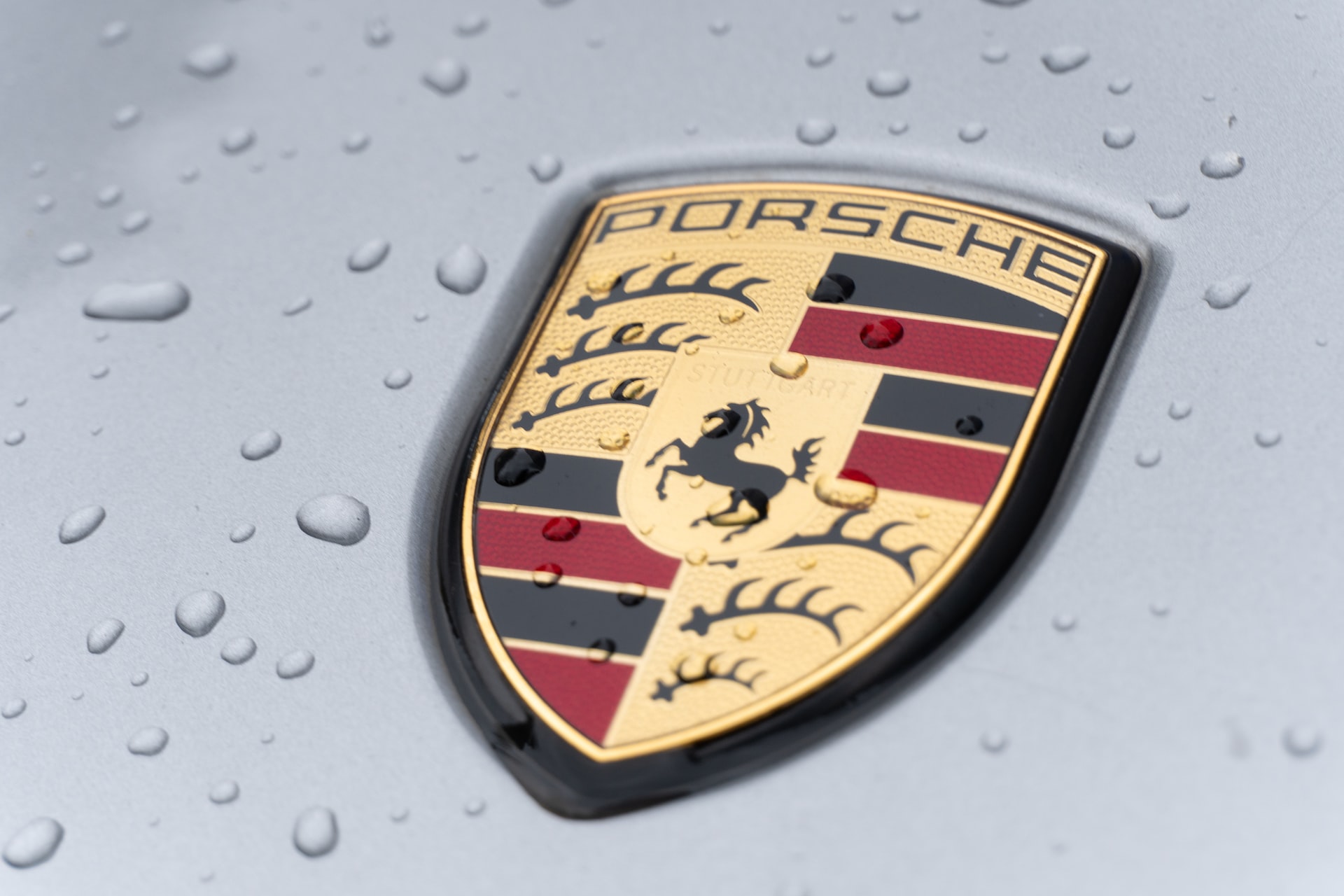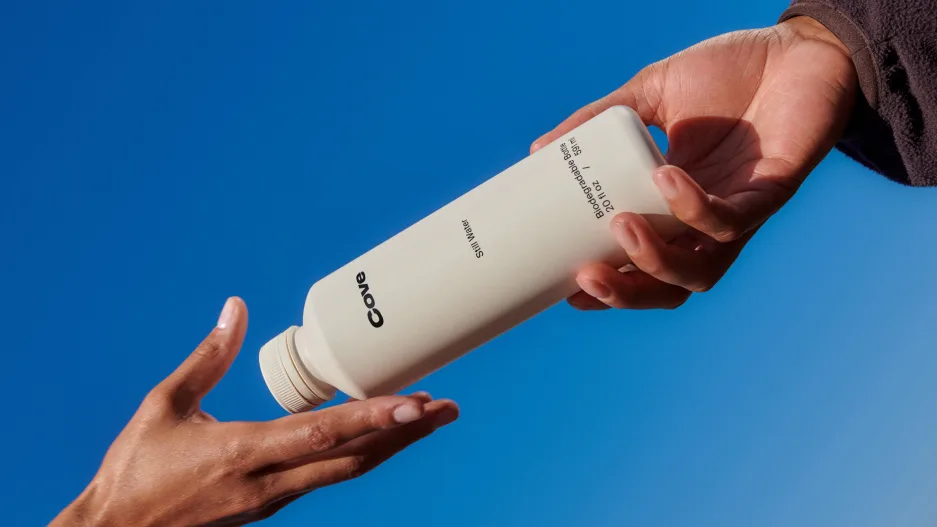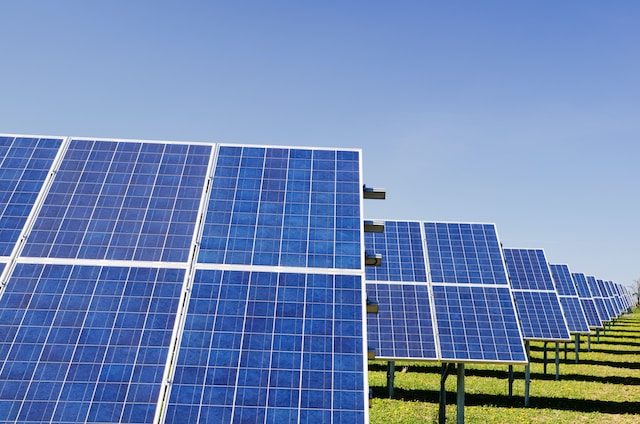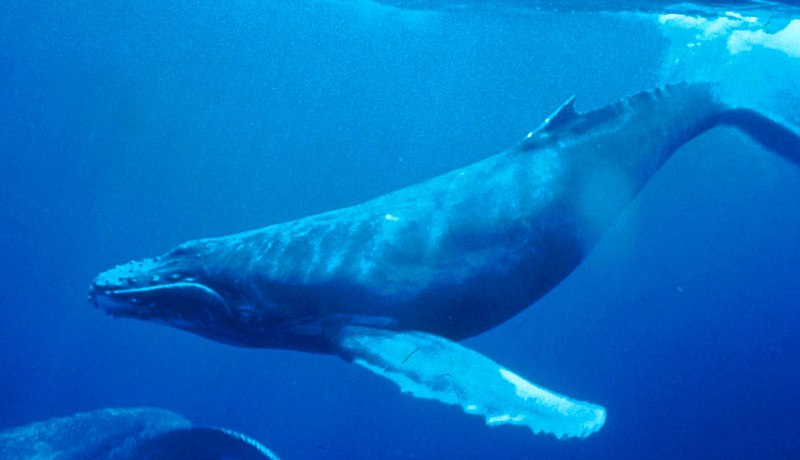The tiny Southeast Asian Nation Singapore is one of the most water-stressed countries in the world. Due to the lack of natural water resources, it is heavily dependent on rainfall.
Prolonged dry spells lead to water shortages and there is very limited land available for water storage facilities. For a long, this city-state of 5.7 million people had to rely on neighboring Malaysia for water supply.
Now, for self-sufficiency in its water supply, Singapore’s government has developed a sophisticated sewage treatment system to help turn sewage into clean drinking water. The advanced water purification system includes a network of tunnels and high-tech plants.
While most of the recycled water from the Changi Water Reclamation Plant will be used for industrial purposes, some of it will be added to drinking water reservoirs. The recycled wastewater will be able to meet 40 percent of Singapore’s water demand which will gradually rise to 55 percent by 2060.
Most of the parts of this massive water reclamation plant in land-scarce Singapore are underground. Some of these are as deep as 25 stories. The plant is fed by wastewater flowing through a giant 48 km (30 miles) tunnel connected to sewers.
The filtration plant can handle up to 900 million liters (237 million US gallons) of wastewater per day. This is sufficient to fill the Olympic-sized swimming pool every 24 hours.







